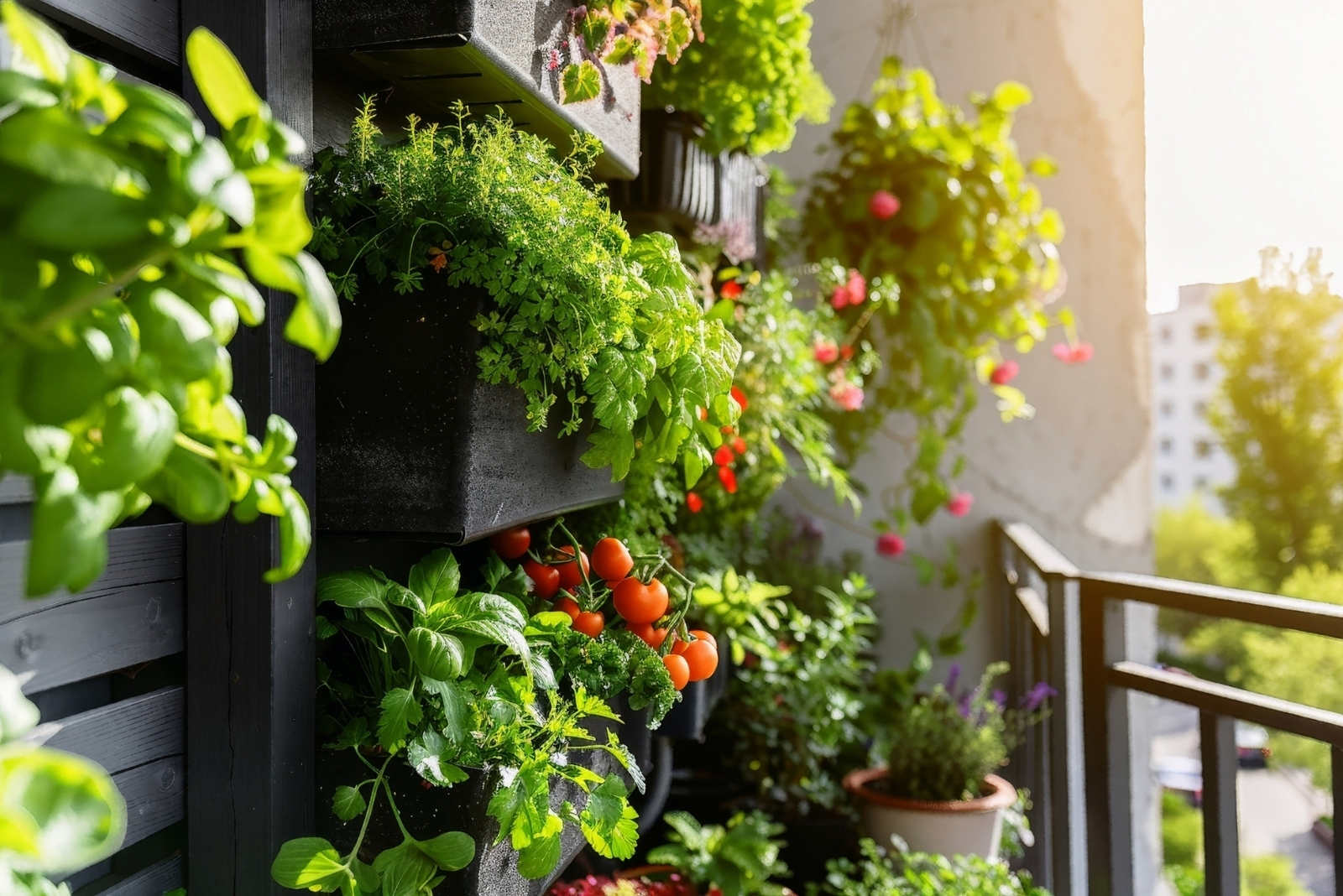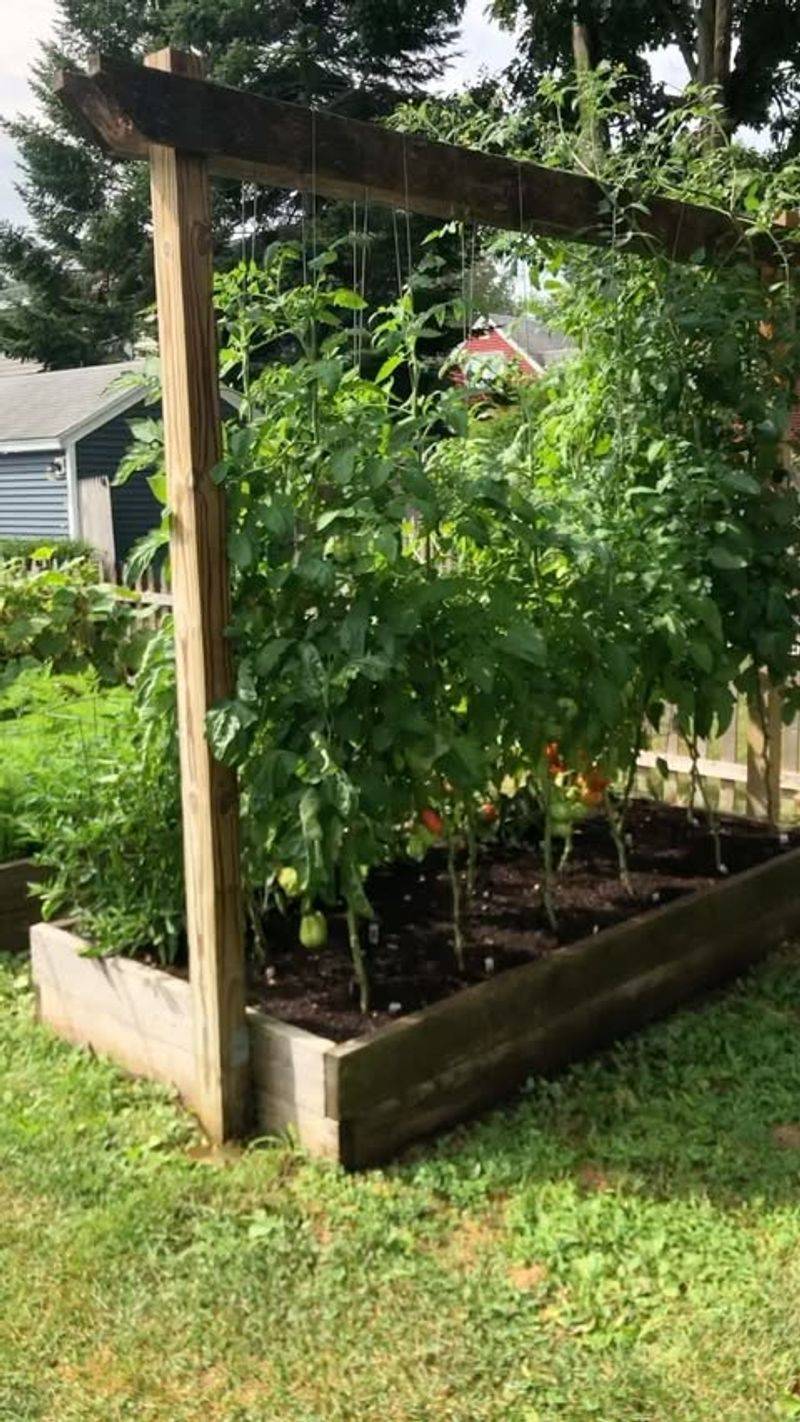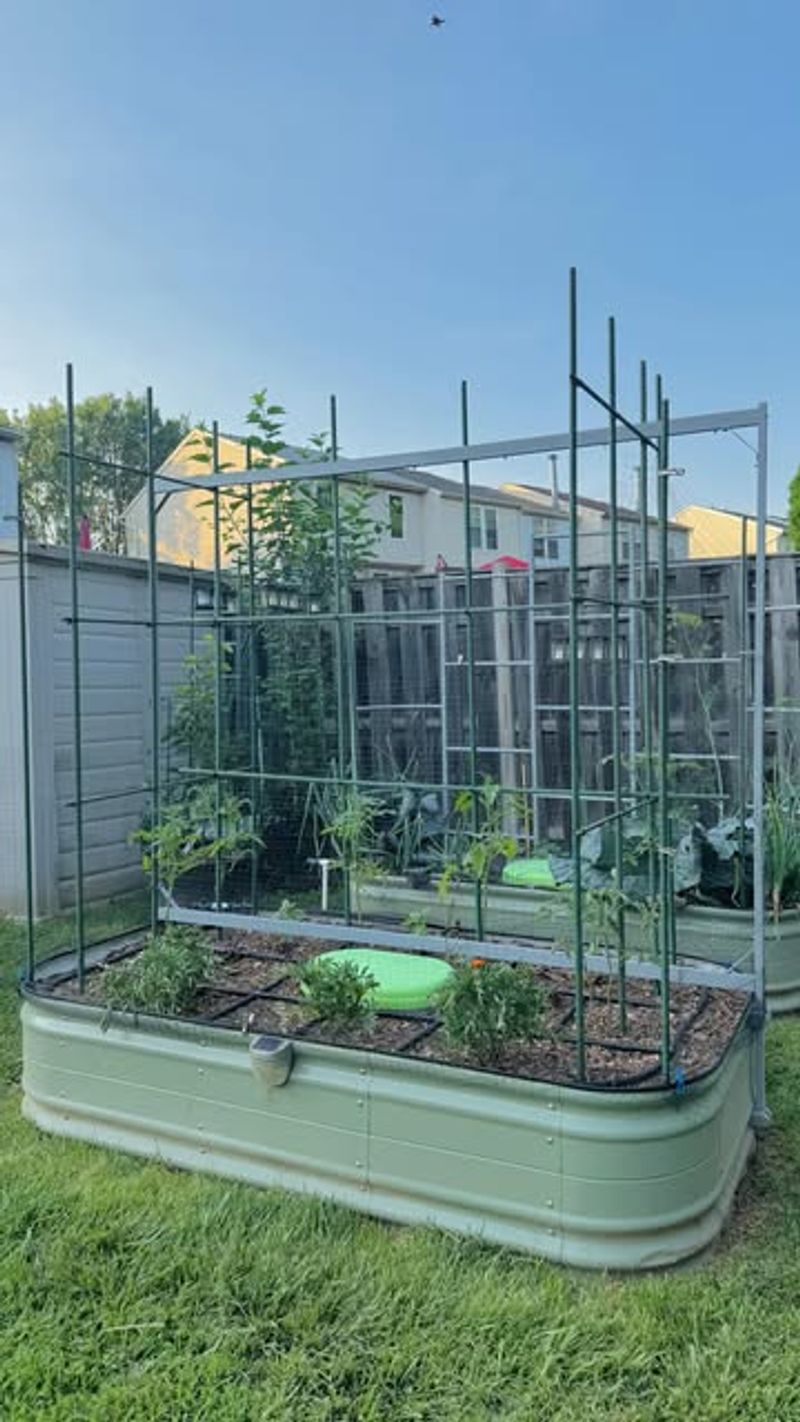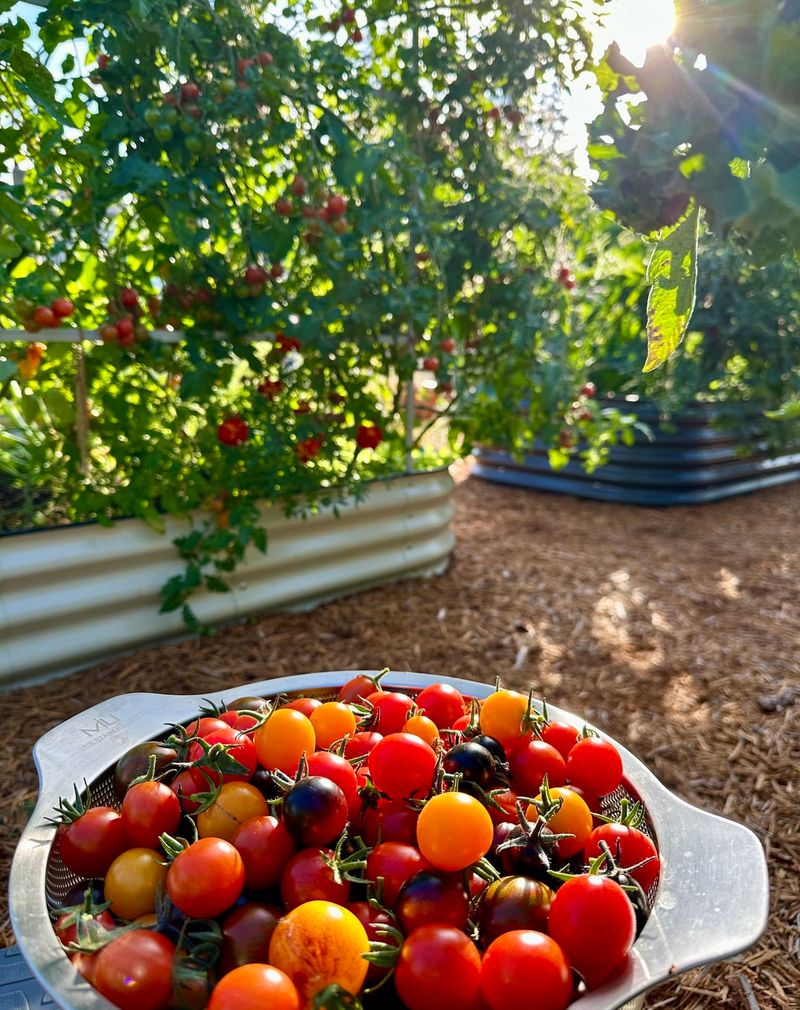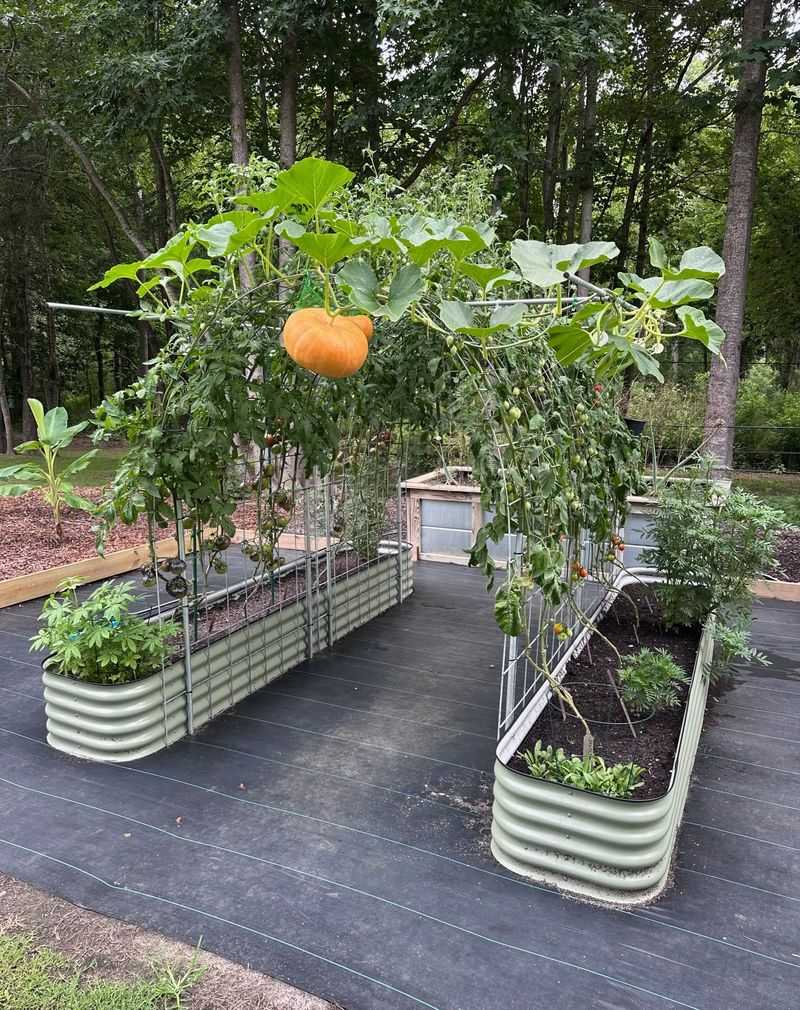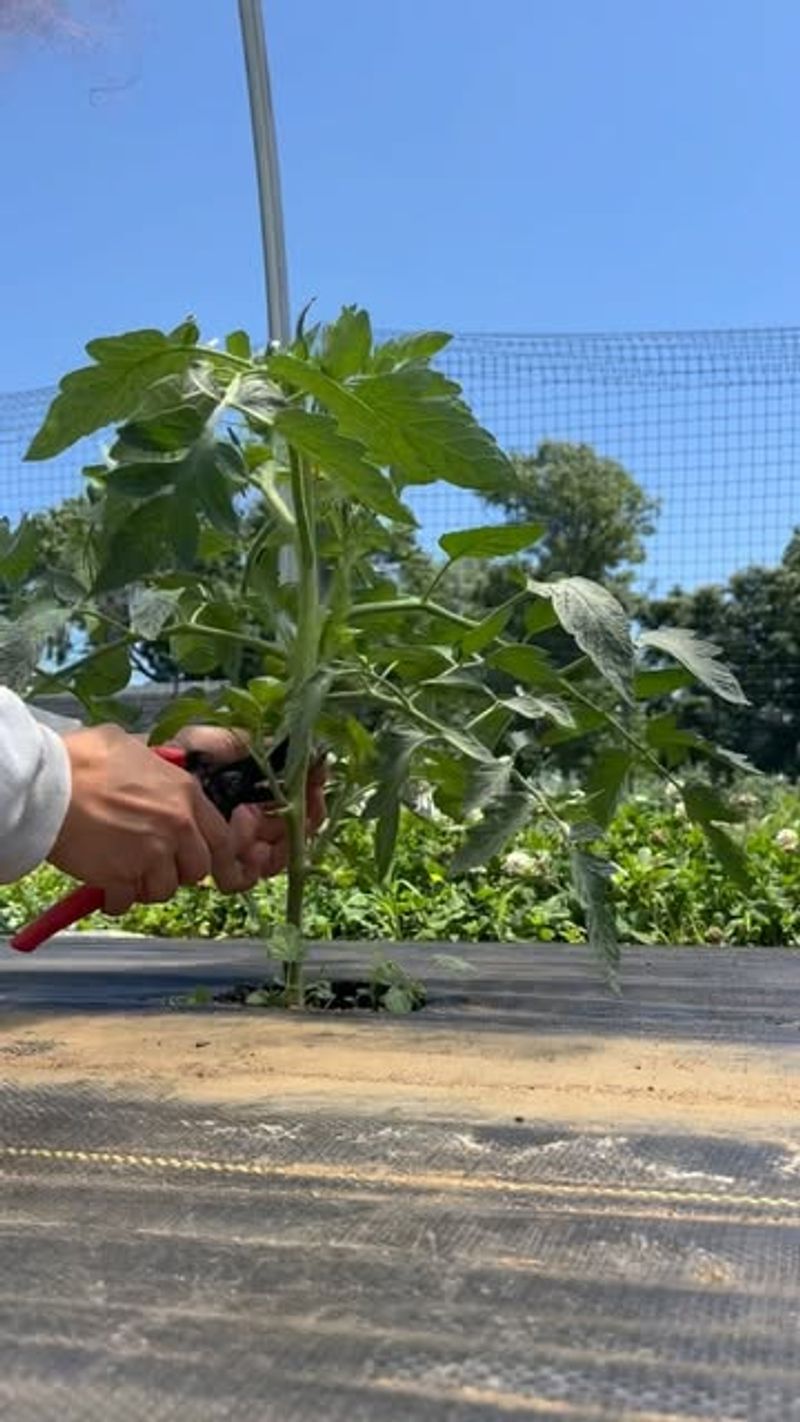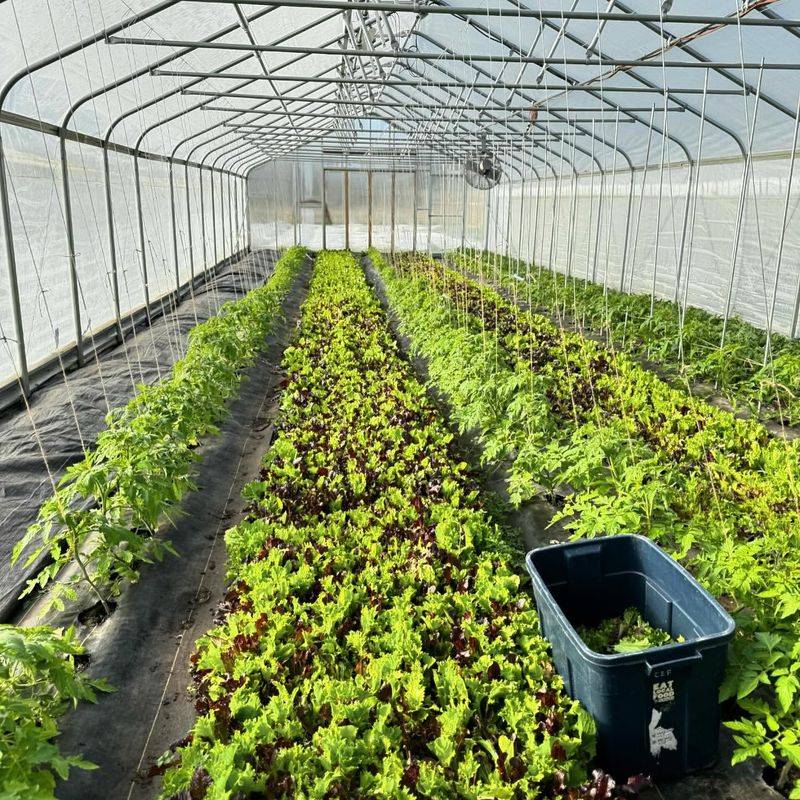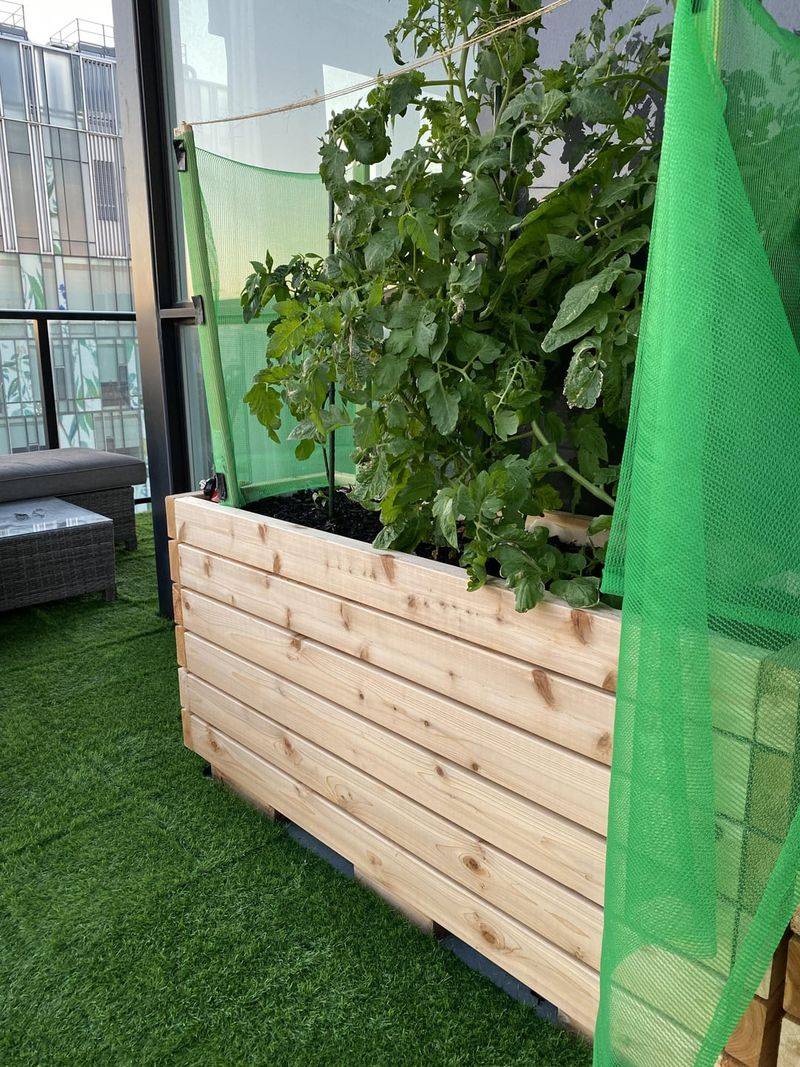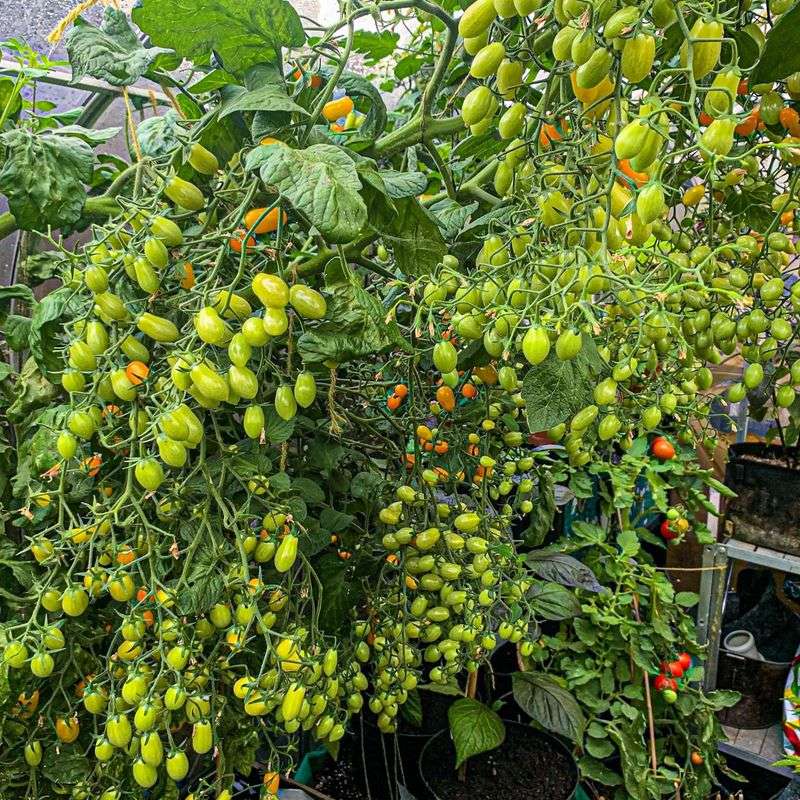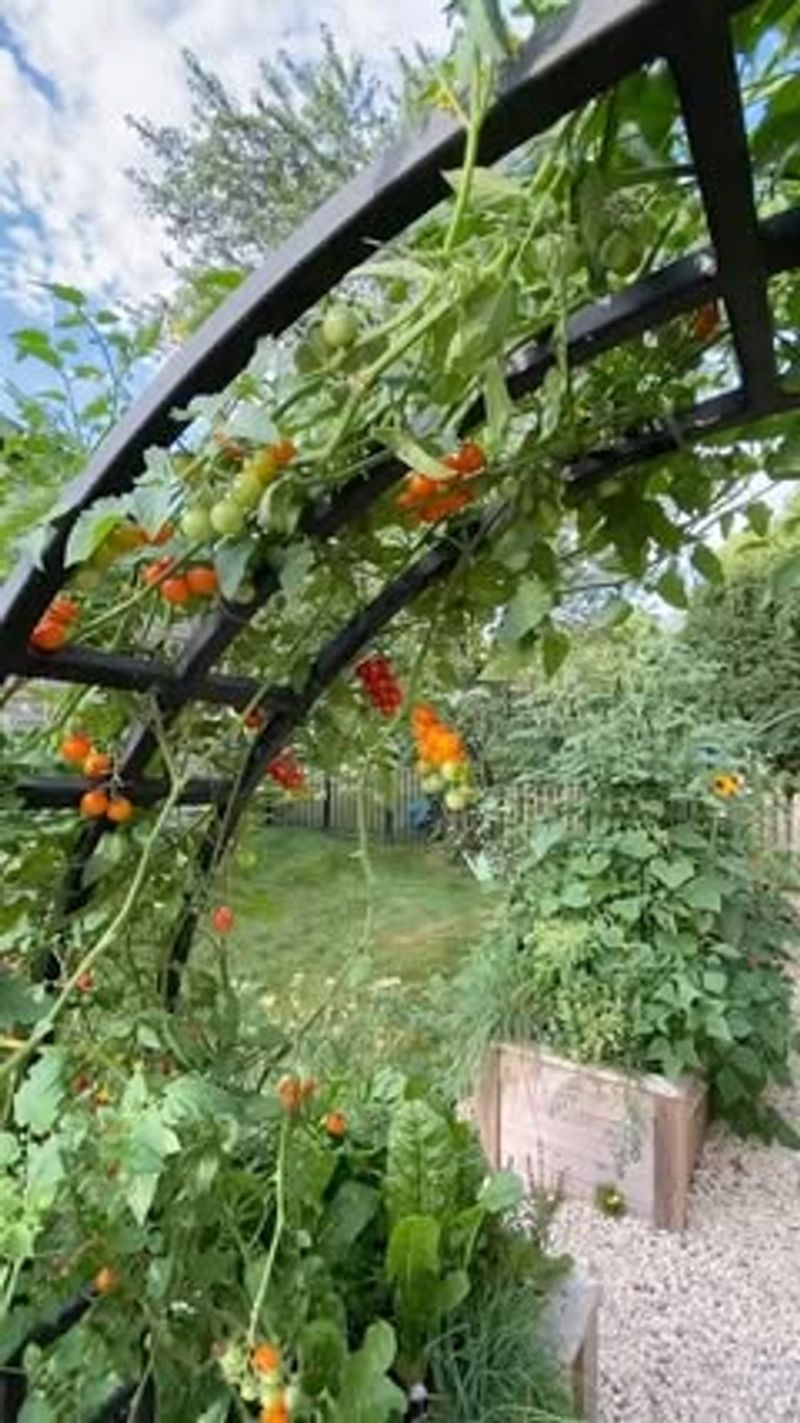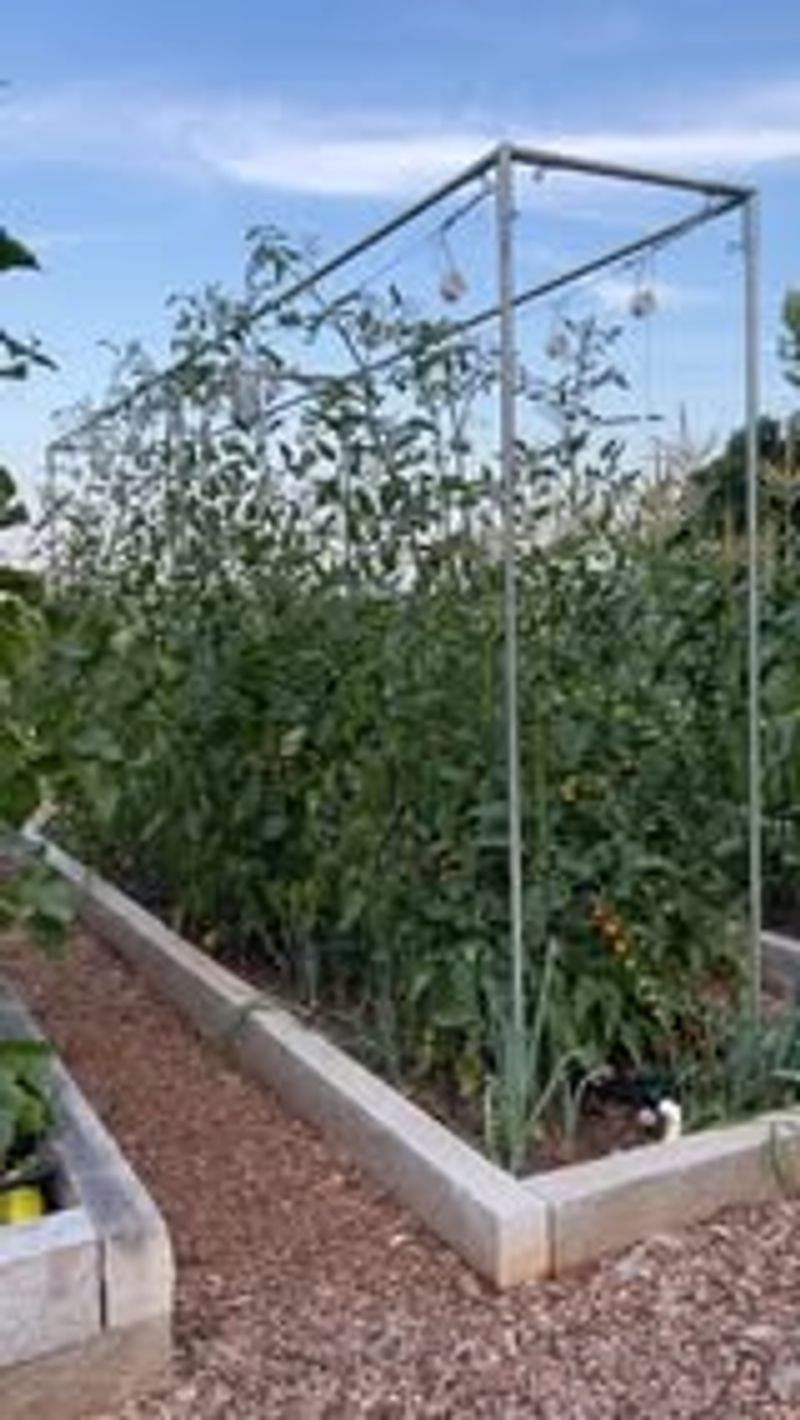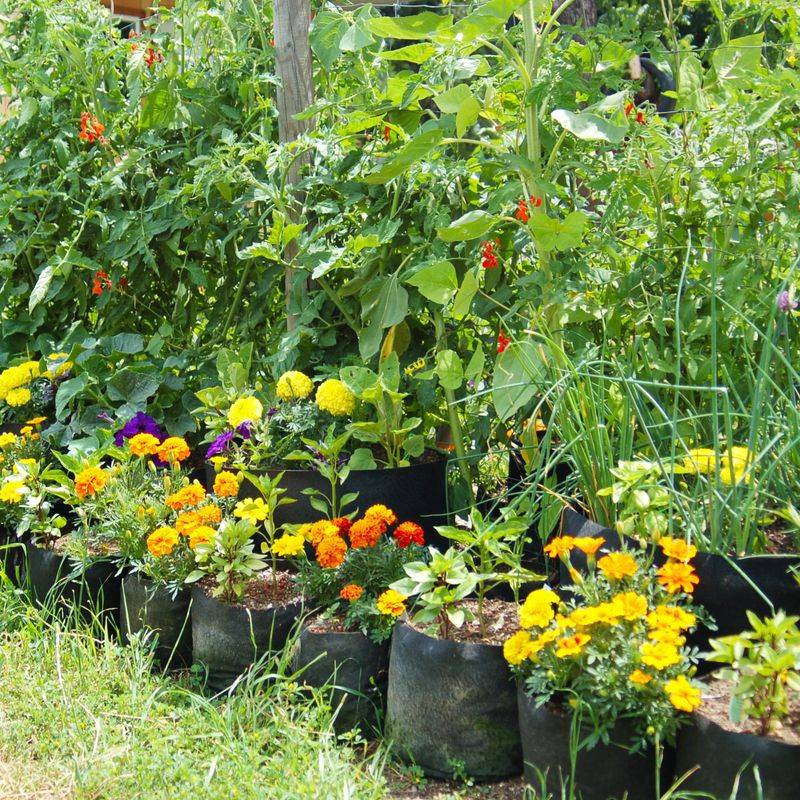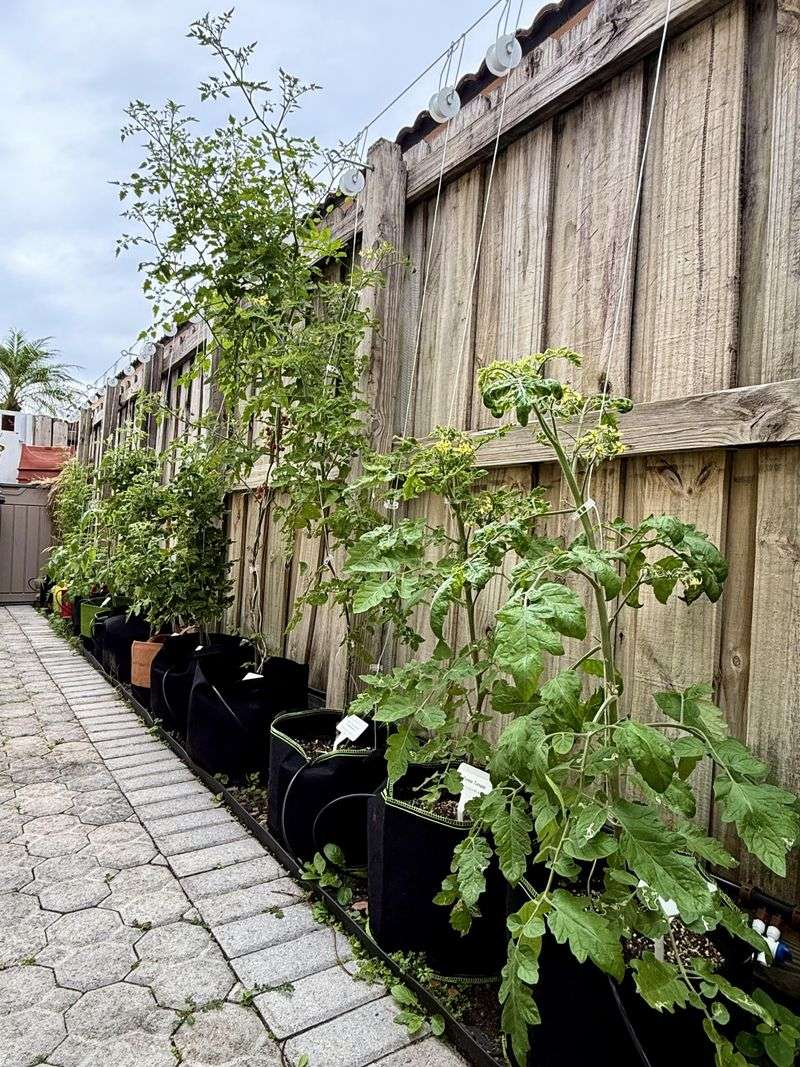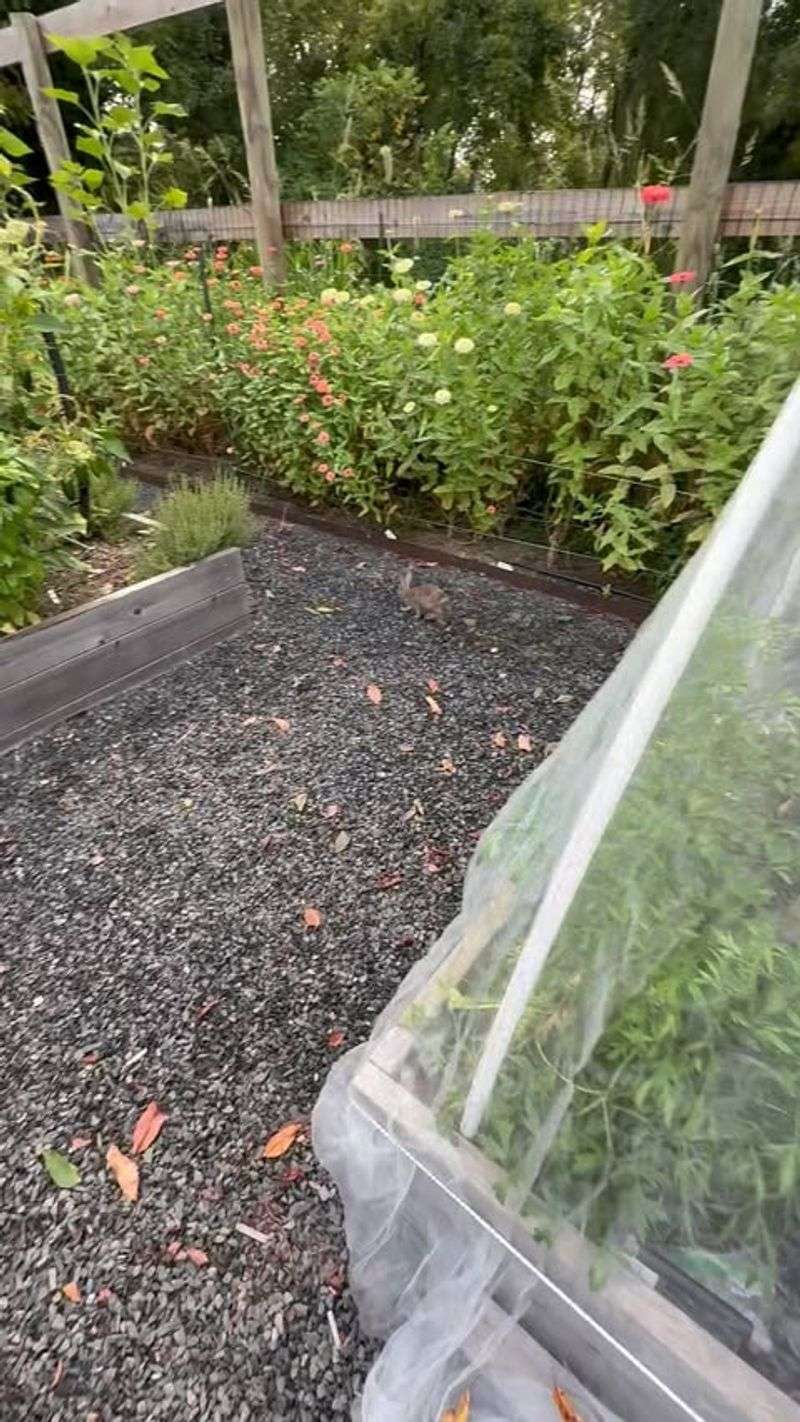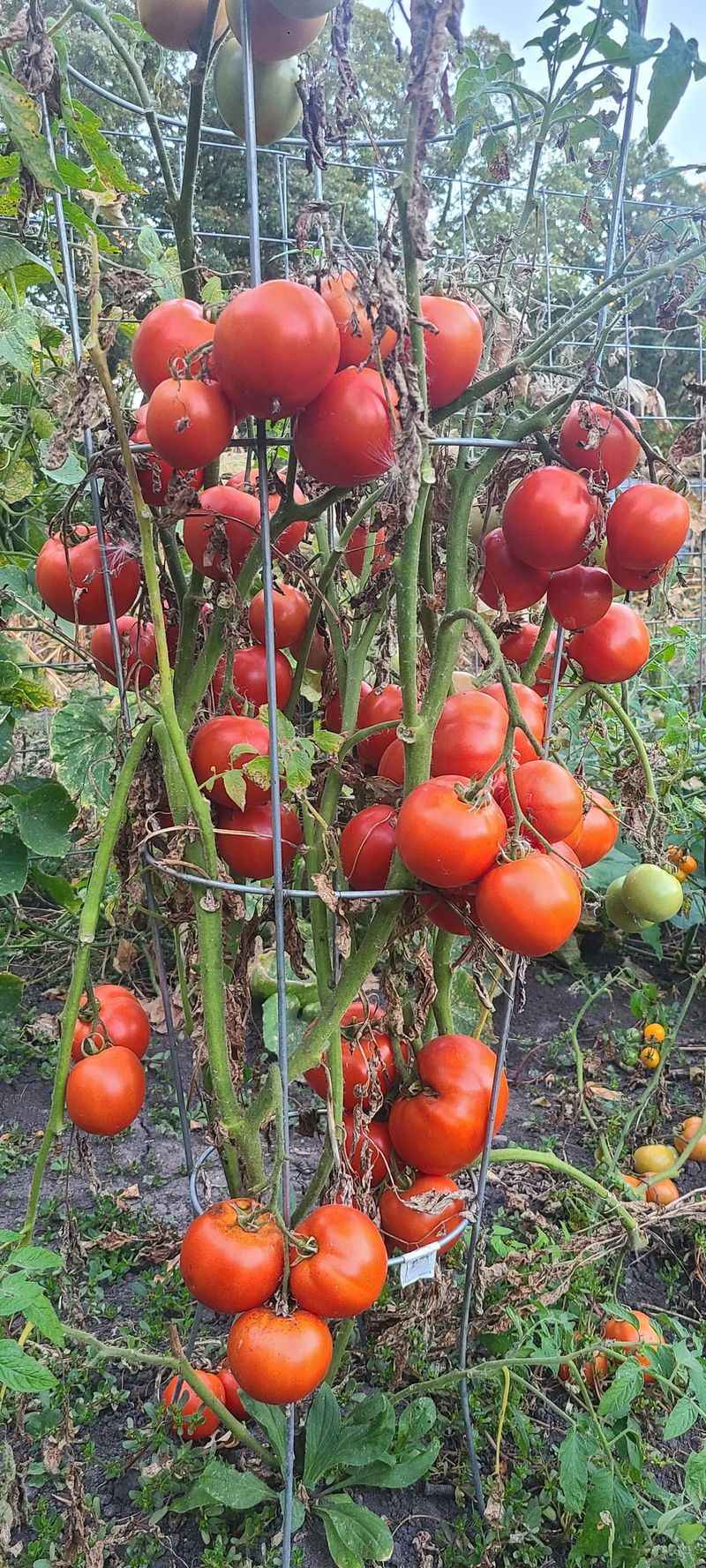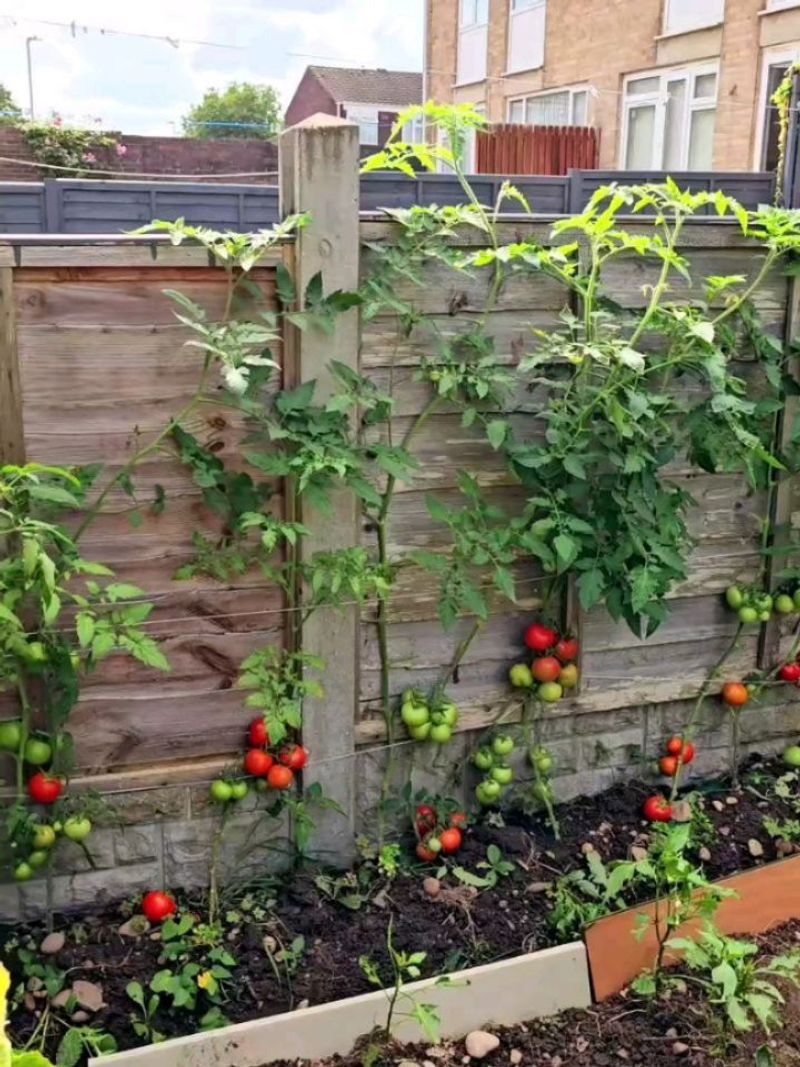In Boston, gardeners are taking tomato growing to new heights—literally! Vertical tomato walls are popping up in backyards, turning small spaces into lush, green towers.
I love how these walls keep the tomatoes off the ground, making harvesting easier and the plants healthier. They also stretch the growing season, giving you fresh tomatoes for longer than ever before.
It’s amazing to see neighborhoods buzzing with these vibrant, productive walls, and I can’t help but get inspired to try one myself.
1. Choose Cold-Tolerant Varieties
Not all tomatoes handle Boston’s unpredictable weather equally. Varieties like ‘Glacier,’ ‘Oregon Spring,’ and ‘Stupice’ thrive in our Massachusetts climate and mature quickly.
These cold-hardy champions will keep producing when temperatures drop in early fall, giving you several extra weeks of harvest compared to standard varieties.
2. Build Strong Support Structures
Your vertical tomato wall needs serious backbone to support heavy fruit through Massachusetts winds. Use 8-foot pressure-treated posts set 24 inches deep with concrete for stability.
Connect posts with heavy-gauge wire or cattle panels secured with U-nails. This fortress-like structure prevents collapse when plants reach their full productive weight in late summer.
3. Install Reflective Backdrops
Maximize every sunbeam by mounting white vinyl siding or reflective mulch behind your tomato wall. This clever hack bounces additional light onto plants, accelerating ripening in Boston’s shorter growing season.
The extra warmth from reflected sunlight creates a microclimate that can add 2-3 weeks to your harvest window when Massachusetts evenings start cooling down.
4. Implement Drip Irrigation
Boston’s inconsistent rainfall patterns make manual watering a gamble. Install a simple drip system with emitters at each plant’s base to deliver precise moisture directly to roots.
This Massachusetts-friendly approach reduces leaf wetness (preventing diseases) while ensuring plants receive steady hydration during critical fruit development stages, extending productive growing time into fall.
5. Apply Strategic Pruning
Remove all suckers below the first fruit cluster to channel energy upward. Massachusetts gardeners should focus on creating single-leader or double-leader plants that grow tall rather than bushy.
This vertical training maximizes airflow, reducing humidity-loving diseases that plague Boston gardens. Your streamlined plants will produce longer into the season without succumbing to common late-season ailments.
6. Layer Compost Throughout Season
Boston’s native soil often lacks essential nutrients for extended tomato production. Add an inch of compost around plants monthly, being careful not to disturb shallow roots.
This slow-release feeding schedule provides Massachusetts tomatoes with steady nutrition through fall, preventing the production slowdown that typically happens after initial harvests.
7. Create Wind Barriers
Boston’s fall weather brings stronger coastal winds that can damage productive plants. Install 40% shade cloth on the prevailing wind side of your tomato wall to create a protective microclimate.
Many Massachusetts gardeners overlook this simple step, but breaking harsh winds while still allowing airflow can extend your growing season by protecting flowers and fruit into October.
8. Practice Succession Planting
Start new tomato seedlings in July to replace early producers in August. This Massachusetts gardening hack ensures your vertical wall remains productive when early varieties finish.
Choose fast-maturing varieties (under 60 days) for these late plantings. With Boston’s increasingly mild falls, these succession plants often produce until the first hard frost.
9. Apply Organic Calcium Supplements
Blossom end rot ruins late-season tomatoes when calcium uptake falters. Crush eggshells and soak in vinegar for two weeks, then dilute and apply to prevent this Massachusetts garden nemesis.
This homemade calcium spray strengthens cell walls in developing fruit, ensuring your Boston vertical tomato wall produces unblemished fruit even as temperatures fluctuate in autumn.
10. Use Season-Extending Covers
Prepare for Massachusetts’ first light frosts by installing clear plastic sheeting that can be rolled down over your tomato wall at night. Leave the bottom open for ventilation.
This simple Boston garden hack creates a temporary greenhouse effect, protecting ripening fruit when temperatures dip into the 30s. Remove covers during sunny days to prevent overheating.
11. Implement Companion Planting
Plant nasturtiums and marigolds at the base of your tomato wall to repel aphids and whiteflies that attack stressed late-season plants. Massachusetts gardeners find these companions create natural pest barriers.
Basil interspersed between tomato plants improves flavor and growth while deterring hornworms. This Boston-friendly trio extends harvest by keeping plants healthier longer into fall.
12. Apply Seaweed Extract Foliar Spray
Boston’s coastal location makes seaweed extract an accessible, powerful plant strengthener. Mix kelp concentrate with water and spray biweekly on leaves during September and October.
This Massachusetts garden secret delivers trace minerals and natural growth hormones that help plants withstand cooling temperatures. Plants treated with seaweed extract often produce 2-3 weeks longer than untreated ones.
13. Maintain Mulch Depth
As Massachusetts nights cool, soil temperature becomes crucial for continued root function. Apply 4 inches of straw mulch around plants, pulling it slightly away from stems to prevent rot.
This insulating layer keeps Boston’s garden soil consistently warm through fall temperature swings. Roots stay active longer, supporting continued fruit production when unmulched plants have already shut down.
14. Harvest Strategically
Pick Massachusetts tomatoes at first blush rather than full ripeness as fall approaches. These partially ripened fruits will continue maturing indoors, freeing the plant’s energy for remaining green tomatoes.
This Boston gardening technique maximizes your total harvest by allowing plants to focus on developing final fruits rather than maintaining already-ripening ones during shorter autumn days.
15. Monitor Night Temperatures
Track weather forecasts religiously during fall in Massachusetts. When overnight lows threaten to dip below 50°F, harvest all mature green tomatoes for indoor ripening.
Boston gardeners can extend their effective harvest by weeks using this method. Store green tomatoes in paper bags with a ripe banana, checking every few days as they gradually ripen off the vine.

